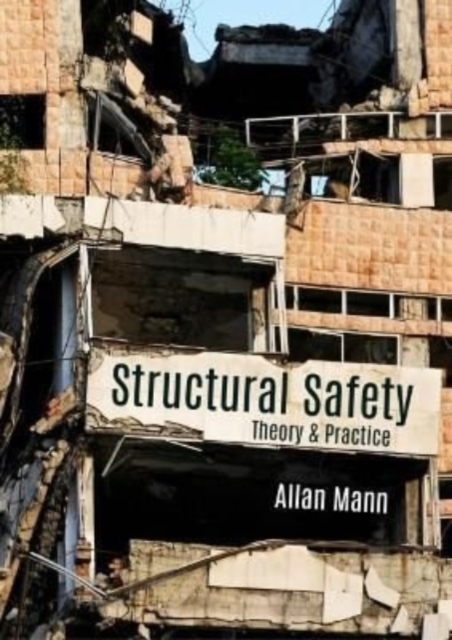
Structural Safety : Theory & Practice Hardback
by Allan Mann
Hardback
- Information
Description
We all depend on infrastructure for civilised living with the scale and sophistication of what we build ever increasing.
Manifestly we all have a vested interest in construction being safe, and yet failures occur.
Not infrequently these failures are catastrophic and accompanied by huge cost and occasional loss of life.
Avoiding such tragedies is every engineer's desire but how to do it is not straightforward.
Nor is it straightforward to respond the question of: is this project safe?
Nonetheless, progress can be made by laying down guidelines of what makes structures safe and by studying the pattern of past failures as a basis for predicting what might go wrong.
This assists by drawing on the author's considerable career experiences of observation, study and practice. The opening chapter describes the general challenges of making structures safe taking account of uncertainty and the consequence of failure, and it also describes the evolution of safety thinking which nowadays includes issues of worker safety and health.
Subsequent chapters discuss what is meant by both failure and safety and describe various safety attributes that ought to be targeted.
Even over the last 50 years, structural methodologies for analysis and design have evolved to reflect the way we collectively think is the best to assure safe structures. Many of the notions used are rather abstract and so can best be appreciated by learning from what has gone wrong in the past.
Unfortunately there is no shortage of precedents. Hence all subsequent chapters covering human error, material failures, construction failures and fire follow a general pattern of describing the problem, accompanied by examples illustrating how failures have arisen in practice. It will be apparent that common themes recur. Engineered structures protect societies, so some of the biggest challenges we face are of designing against the possibility of man-made or environmental catastrophe.
Most readers will be familiar with the occurrence of natural events such as storm, flood and earthquake and so two chapters are devoted to man-made and natural hazards.
Occupational health and safety, plus designers' legal obligations to assure these, are described in another chapter.
The final chapter concerns Avoiding Failure and deals with concepts such as hazards and risk and the procedures that can be followed to minimise the probability of serious failure occurring.
Information
-
In Stock - Less than 10 copies availableFree UK DeliveryEstimated delivery 2-3 working days
- Format:Hardback
- Pages:384 pages, c.65 colour photographs and 23 diagrams
- Publisher:Whittles Publishing
- Publication Date:28/04/2023
- Category:
- ISBN:9781849951524
Information
-
In Stock - Less than 10 copies availableFree UK DeliveryEstimated delivery 2-3 working days
- Format:Hardback
- Pages:384 pages, c.65 colour photographs and 23 diagrams
- Publisher:Whittles Publishing
- Publication Date:28/04/2023
- Category:
- ISBN:9781849951524